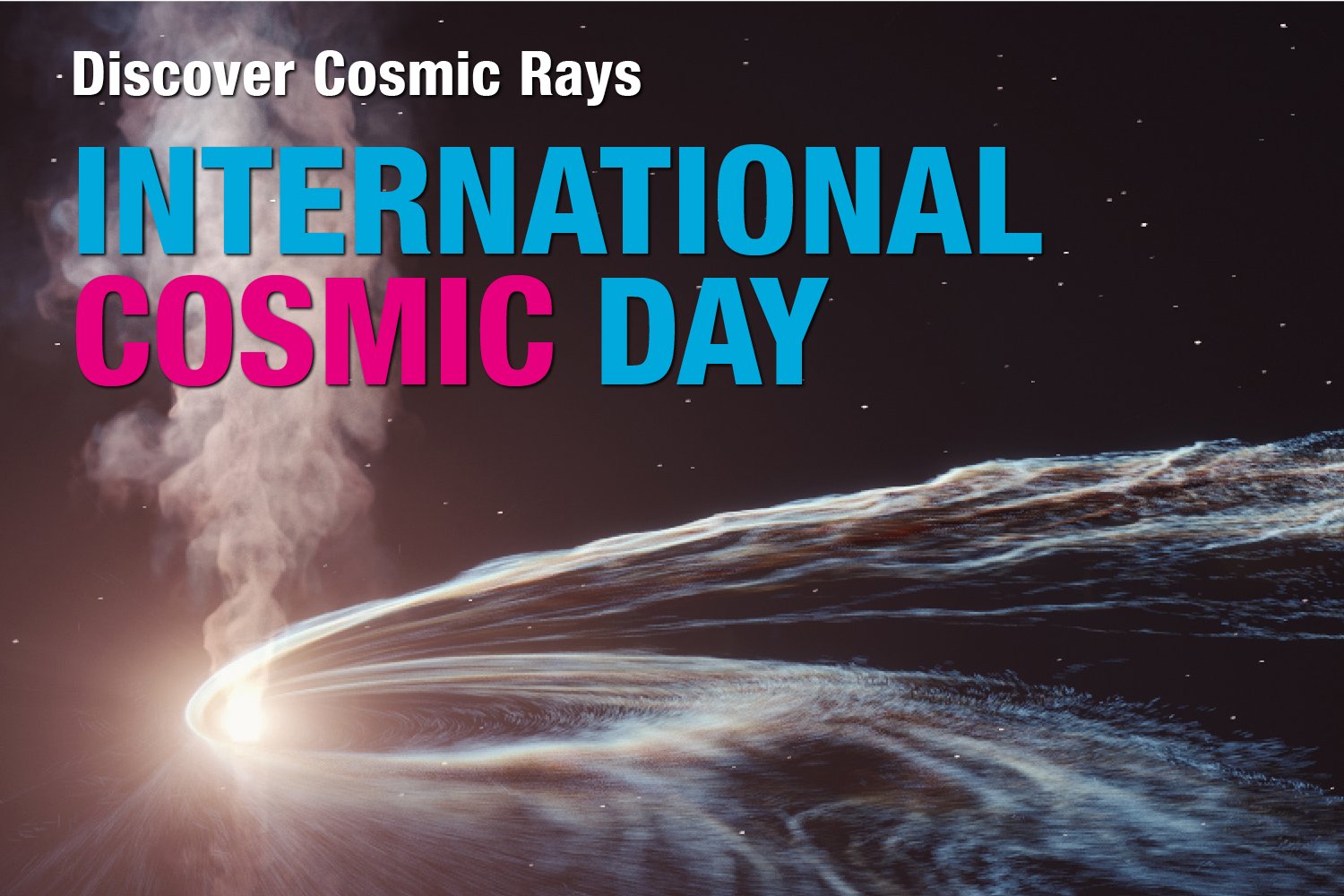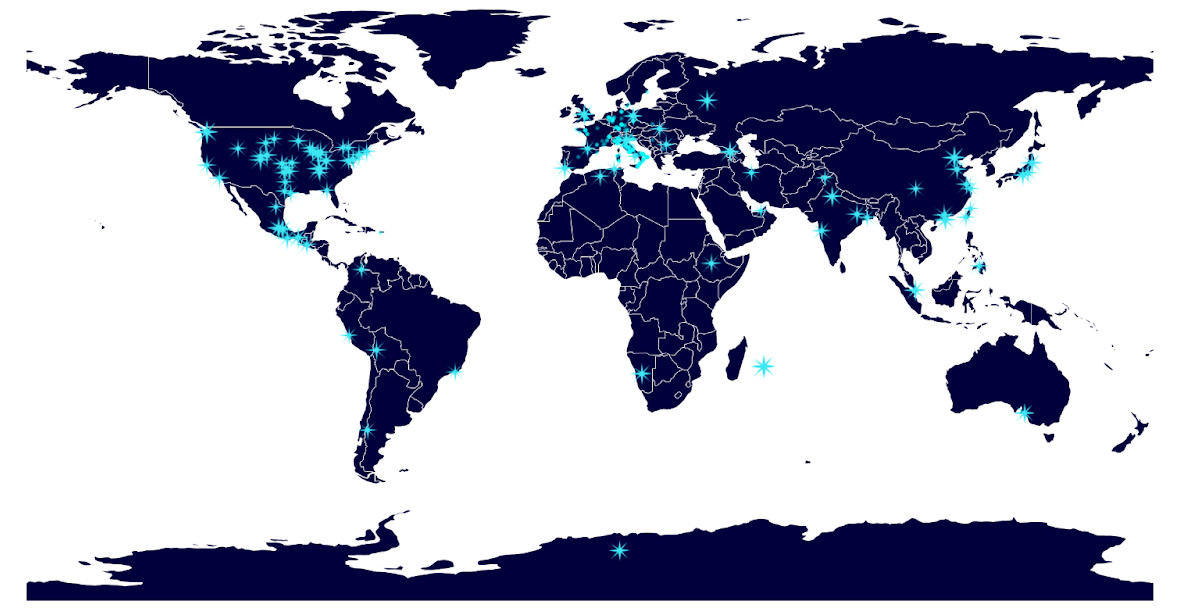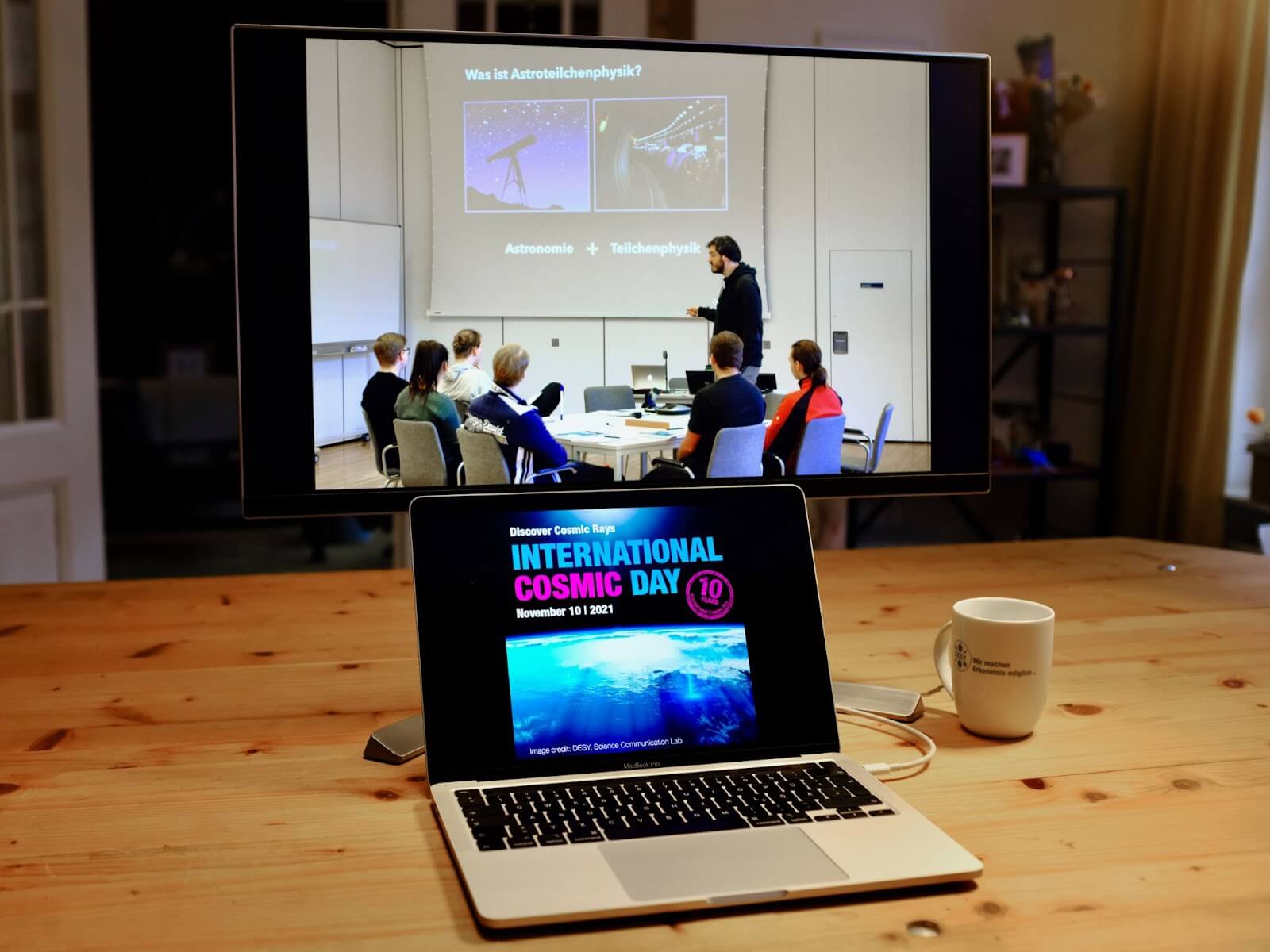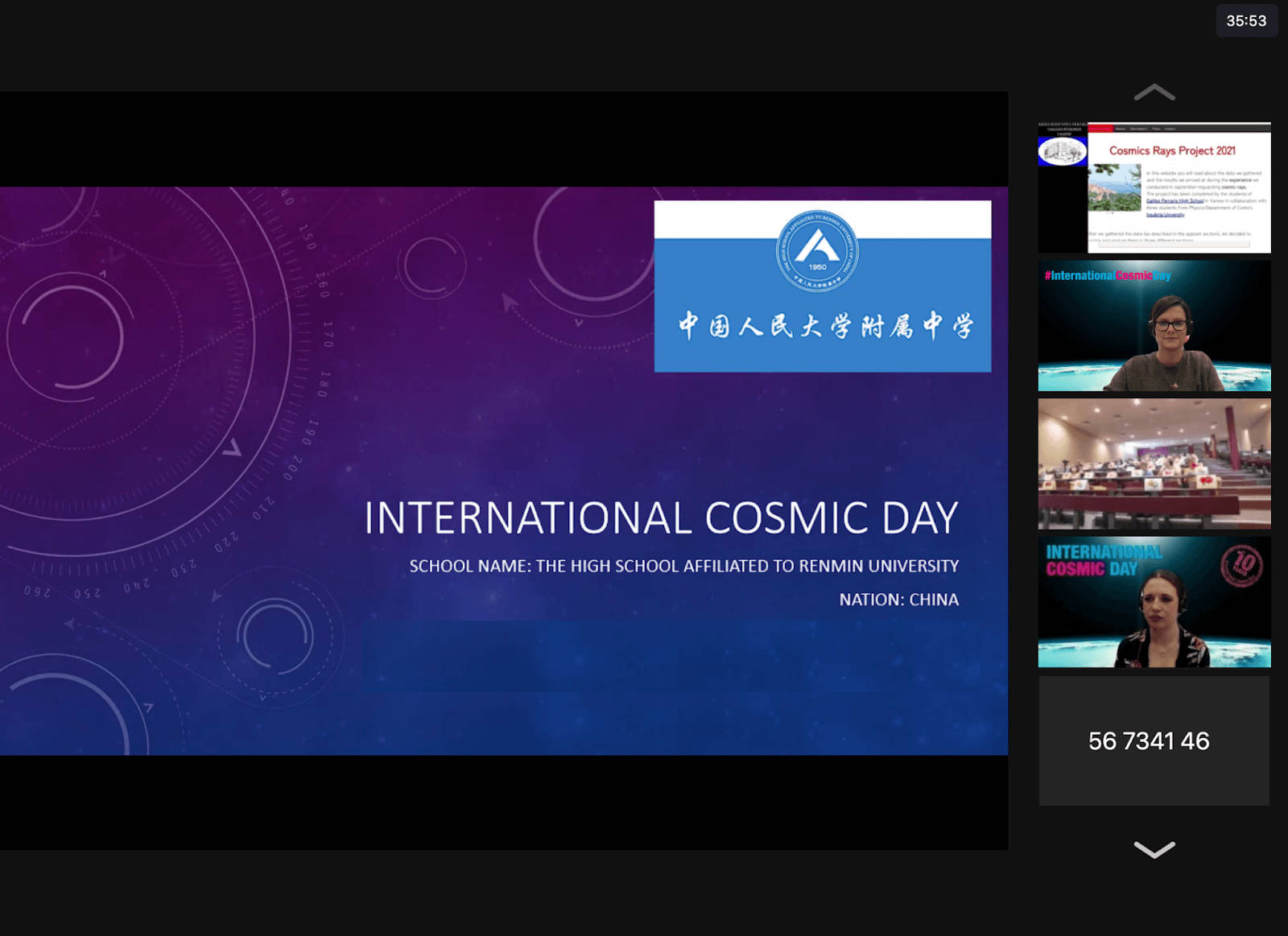International Cosmic Day


The International Cosmic Day is a one day event and take place once a year, usually in November. During this day, students, teachers and scientists come together to talk and learn about cosmic rays. If you want to be part of this day you can get more information:
https://www.facebook.com/InternationalCosmicDay
International Cosmic Day celebrates anniversary
The International Cosmic Day (ICD) is a worldwide event that invites young people, teachers, and scientists to explore the fascinating world of cosmic particles together. For one day, students become researchers in astroparticle physics: they measure particles from outer space that constantly pass through us unnoticed, analyze the data, and discuss their results with other participants across the globe.
The event gives students first-hand insight into how science works. Supported by teachers and scientists, they learn how to carry out experiments, evaluate data, and present their findings. Through international video calls, groups from different cities, countries, and even continents exchange their results and experiences. In this way, participants not only discover the invisible world of cosmic particles but also experience how scientific collaboration transcends borders, languages, and cultures.

Astroparticle physics combines the smallest building blocks of matter with the largest structures in the universe. Researchers use cosmic messengers such as cosmic rays, gamma rays, neutrinos, and gravitational waves to study the cosmos. This field has opened up completely new windows to the universe, and during the ICD, young people get a unique opportunity to explore these questions themselves.

Over the years, the ICD has developed into a diverse program. Participants can conduct their own experiments with cosmic ray detectors or analyze real data provided by long-term experiments. Interactive video meetings, creative competitions such as drawing or selfie contests, and joint brochures with the results of all groups make the day an exciting mix of research, creativity, and international exchange.

Since its launch in 2012, on the 100th anniversary of the discovery of cosmic rays, the ICD has been coordinated by DESY together with IPPOG and many national partners. Thanks to these collaborations, the ICD has become a well-established annual event, inspiring thousands of young people worldwide to take their first steps into the world of science.
Over the 10 years of its existence, many supporters joint and very close partnerships with networks and research institutes worldwide were build, so the ICD was able to establish itself well over the years. Many of those involved in research and school sent congratulations on the anniversary (see www.icd.desy.de).

